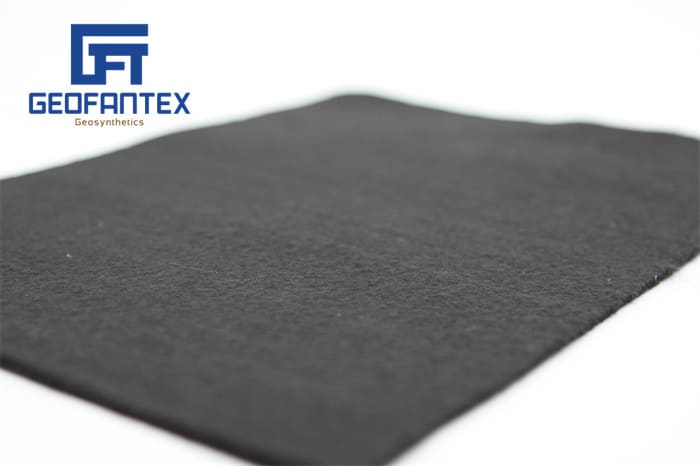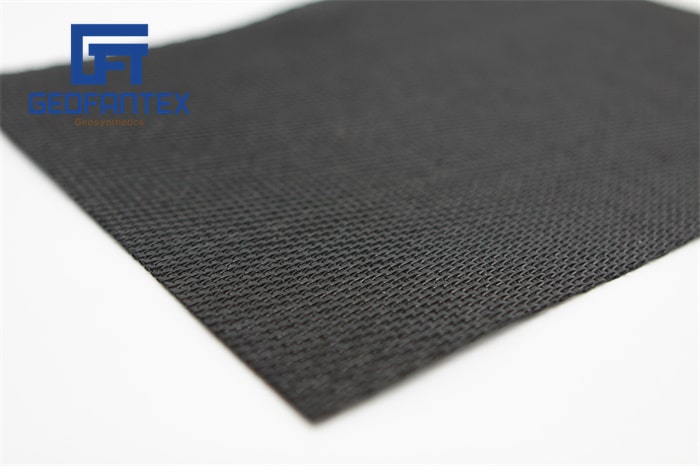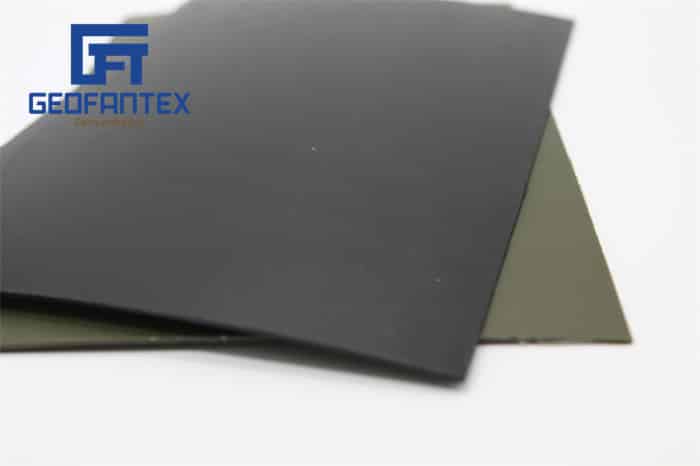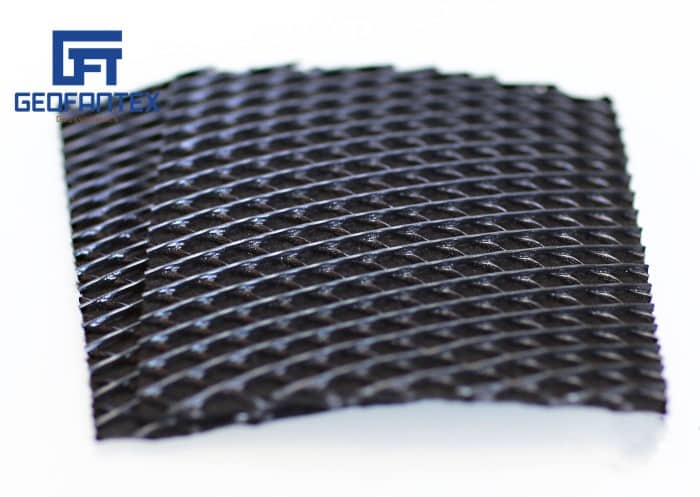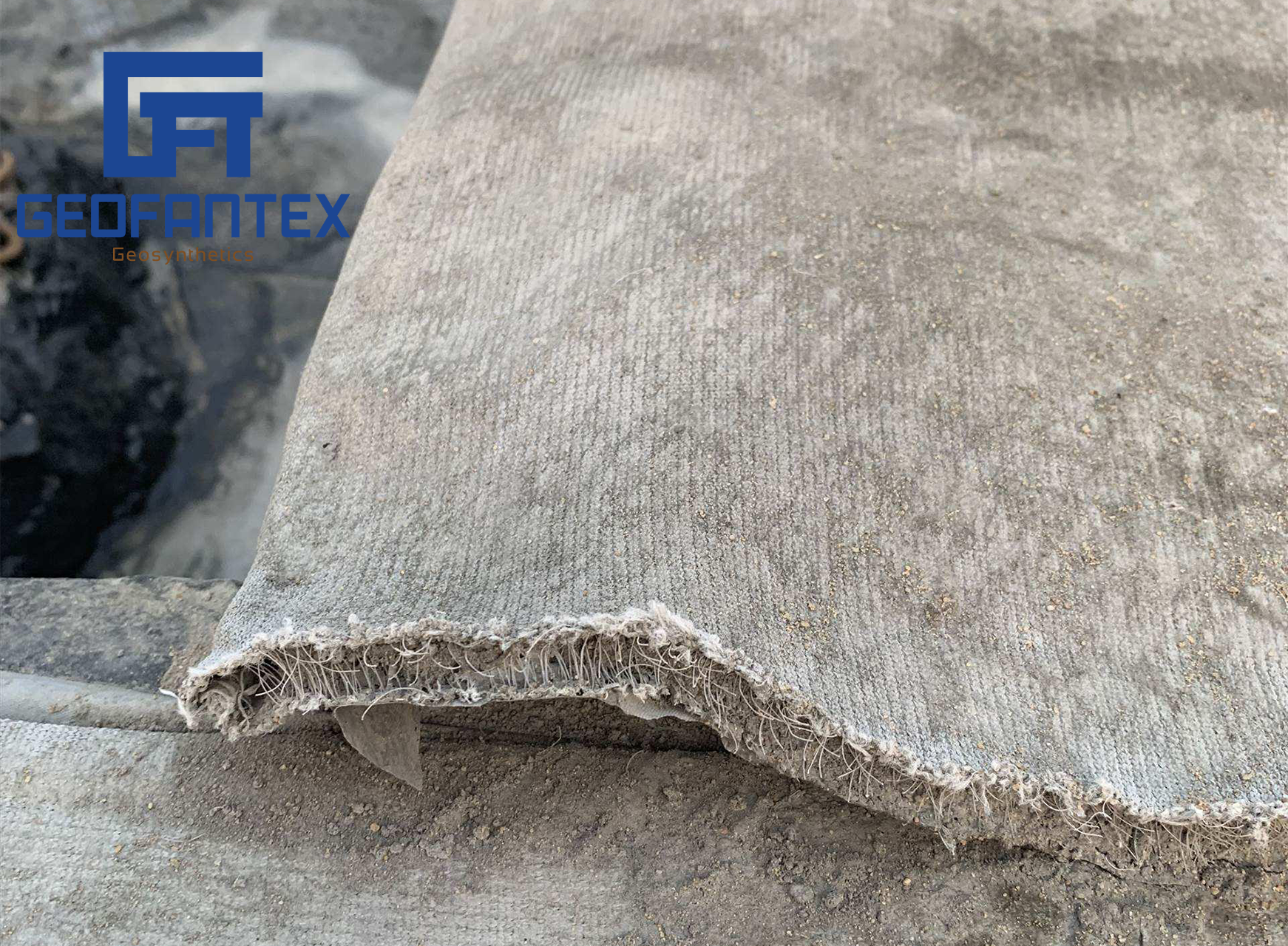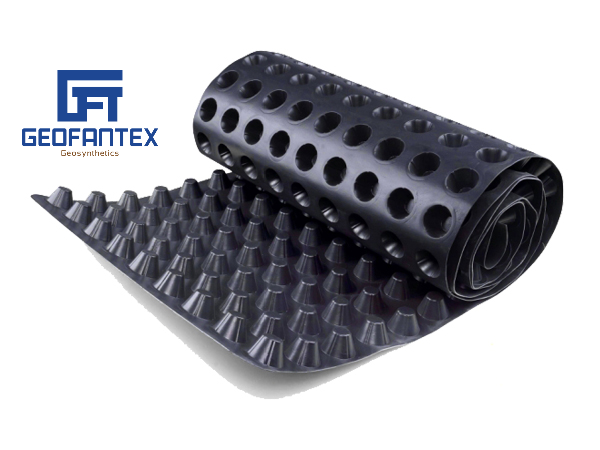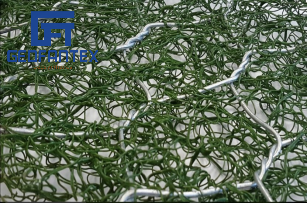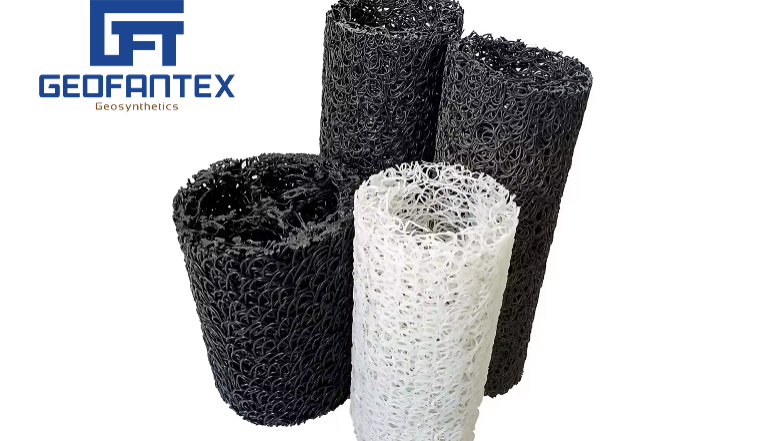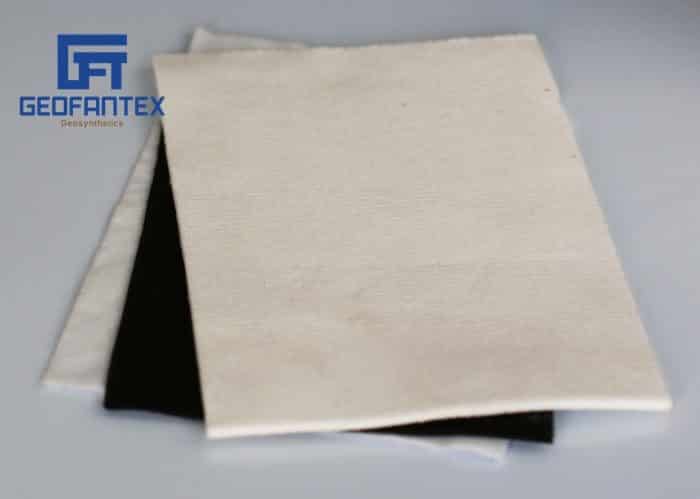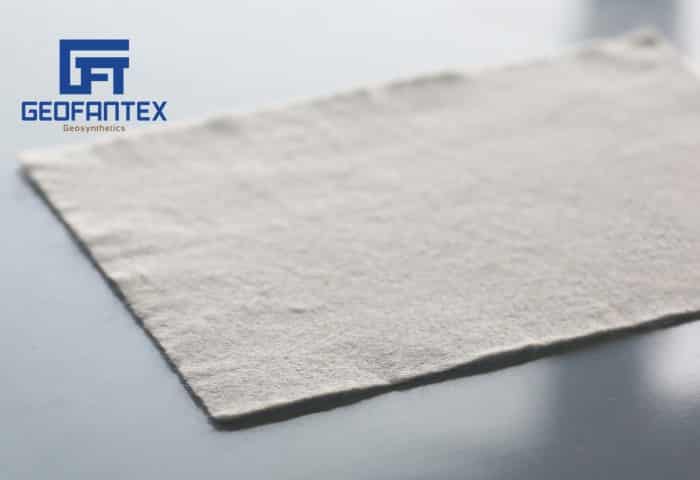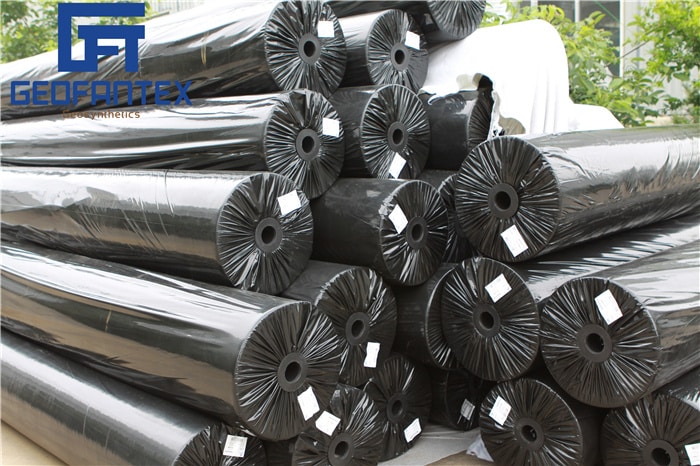+86-159 9860 6917
info@geofantex.com
geofantex@gmail.com
+86-400-8266163-44899
A geocell stream crossing is an innovative and sustainable solution for stabilizing and reinforcing stream crossings, providing both environmental benefits and structural integrity. Geocells are three-dimensional, honeycomb-like structures that can be filled with soil, gravel, or concrete, making them ideal for creating durable, erosion-resistant surfaces over streams. In this article, we will explore the basics of stream crossings, how to make one with geocells, and why geocells are a preferred choice for these projects.
What Is a Geocell Stream Crossing and Why Is It Used?
A geocell stream crossing is a reinforced crossing point over a stream or small waterway built using three-dimensional HDPE geocells. These honeycomb-like cells are filled with soil, gravel, or concrete to create a stable, erosion-resistant, load-bearing surface that allows vehicles, equipment, or livestock to cross safely while protecting the stream environment.
Key Reasons for Using Geocell Stream Crossings:
- Soil Stabilization: The geocell structure confines infill material, preventing lateral movement, rutting, and settlement.
- Erosion Control: Reinforces streambeds and banks, reducing sediment loss and protecting aquatic habitats.
- Load Distribution: Evenly spreads loads across weak or saturated soils, improving structural performance.
- Environmental Protection: Minimizes disturbance to natural waterways and supports sustainable construction practices.
- Flexible Design: Suitable for temporary or permanent crossings in rural, agricultural, and environmentally sensitive areas.
- Long-Term Durability: Resistant to weathering, water exposure, and repeated traffic.
Geocell stream crossings combine engineering strength with environmental responsibility, making them a preferred solution for sustainable infrastructure in challenging terrain.
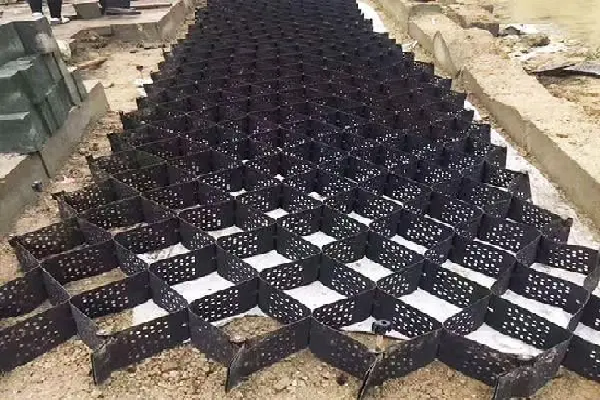
How do you make a stream crossing?
- Site Preparation: Clear and prepare the stream area, slope the banks, and create a firm streambed for stability.
- Geocell Placement: Lay out the geocell grid across the prepared streambed and anchor it securely to prevent movement.
- Infill Material: Fill the geocell cells with soil, gravel, or other suitable materials to create a stable, load-bearing surface.
- Weight Distribution: The geocell structure distributes weight evenly, reducing soil compaction and preventing rutting.
- Erosion Control: Use geotextiles, riprap, or gravel on approaches to minimize soil erosion and protect the streambed.
- Water Flow Management: Incorporate culverts or small bridges if necessary to allow natural water flow and aquatic passage.
- Permits and Planning: Check local regulations and obtain any required environmental permits before construction.
- Maintenance: Regularly inspect the crossing for debris, erosion, or damage and perform necessary repairs to maintain stability.
Can you fill geocell with concrete?
Building a stream crossing involves creating a stable and safe way to pass over a waterway while minimizing environmental impact.
- Site selection: Choose the narrowest, shallowest, and most stable part of the stream to reduce construction work and erosion.
- Permits and planning: Check local regulations and obtain any required environmental permits before starting.
- Crossing types: Select a suitable method, such as a culvert (pipes to direct water flow), a low-water ford (hardened surface for vehicles), or a small bridge (wood, steel, or concrete).
- Erosion control: Use geotextiles, riprap, or gravel to stabilize the approaches and prevent soil erosion.
- Drainage and flow: Ensure the structure allows natural water flow and aquatic life passage without blocking or diverting the stream.
- Maintenance: Inspect regularly for debris, erosion, or damage, and make necessary repairs to maintain stability.

Why use geocell?
Geocells are an ideal solution for stream crossings due to their unique three-dimensional honeycomb structure, which provides exceptional soil stabilization, erosion control, and load distribution.
Key Advantages of Using Geocell:
- Superior Soil Stabilization: Geocells confine soil, gravel, or other infill materials, preventing lateral movement and rutting under vehicle or livestock traffic.
- Erosion Control: By reinforcing the surface and approaches, geocells minimize soil loss and protect streambeds from water-induced erosion.
- Weight Distribution: The honeycomb structure evenly distributes loads, reducing soil compaction and extending the lifespan of the crossing.
- Environmental Benefits: Geocells allow the use of locally available materials like soil or gravel, minimizing environmental impact and reducing construction costs.
- Ease of Installation: Lightweight and flexible, geocells are simple to deploy on uneven terrain, even in remote or sensitive locations.
- Durability: Long-lasting and resistant to weathering, geocell crossings provide a cost-effective and sustainable solution for repeated use.
In summary, geocells offer a durable, eco-friendly, and cost-efficient method for creating stable stream crossings. They protect the environment, enhance structural integrity, and can be filled with concrete or natural materials, making them a versatile choice for both vehicles and livestock.
A geocell stream crossing offers a durable, eco-friendly solution for traversing waterways without causing environmental harm. Geocells provide excellent stabilization, can be filled with concrete or other materials, and protect streambeds from erosion. Whether used for vehicles or livestock, geocells help create long-lasting, sustainable crossings that ensure access without damaging delicate ecosystems.

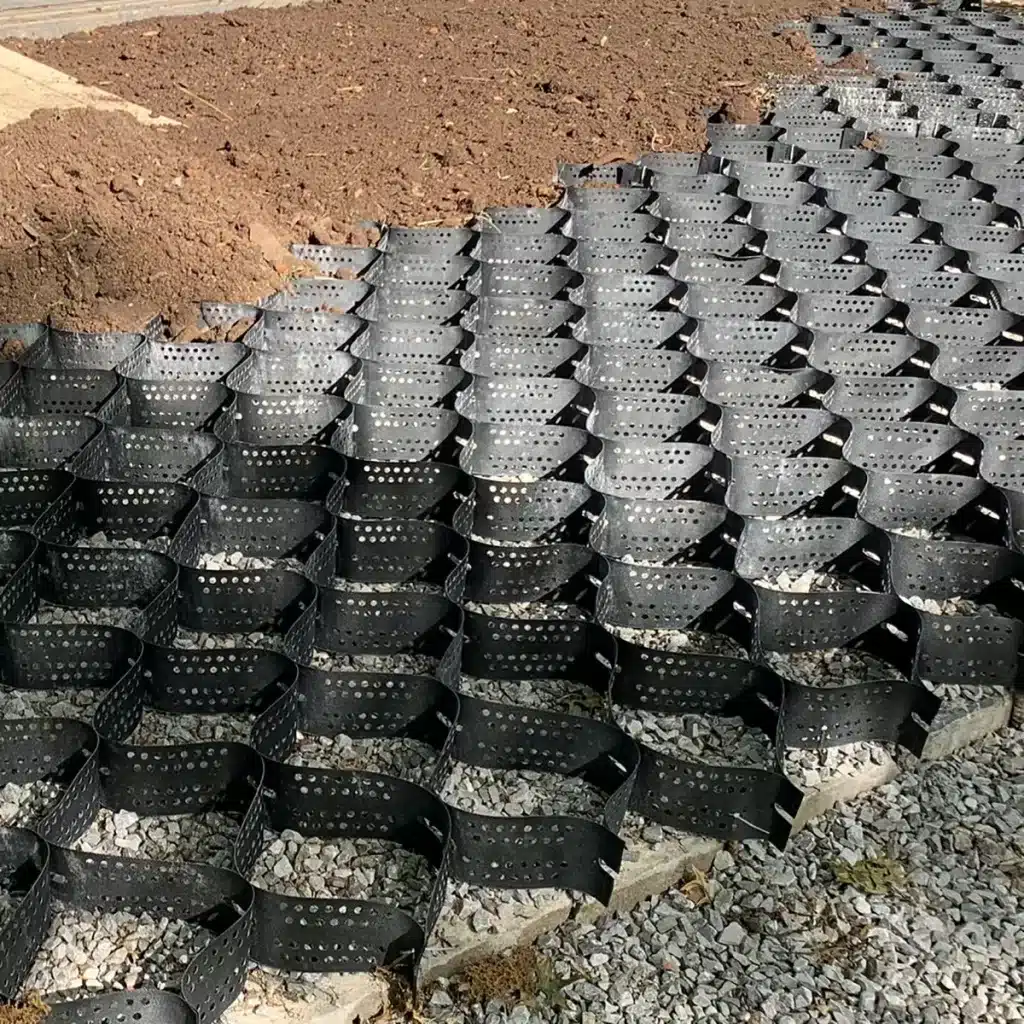

Get Free Sample
We’ll respond as soon as possible(within 12 hours)

